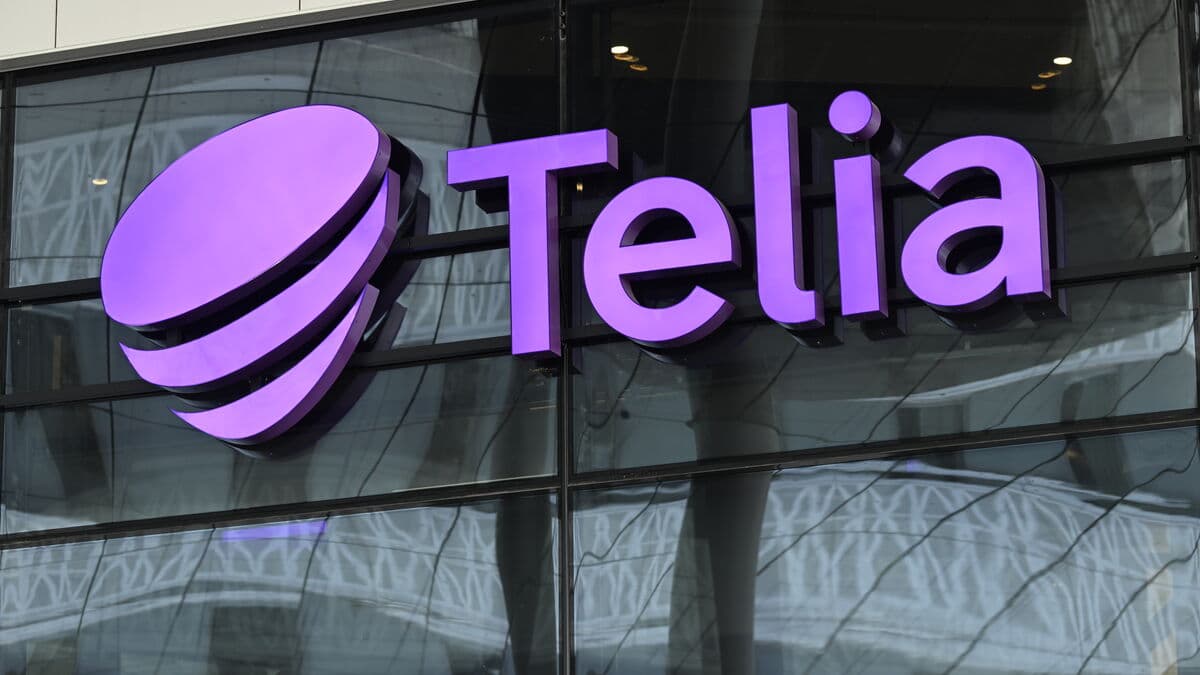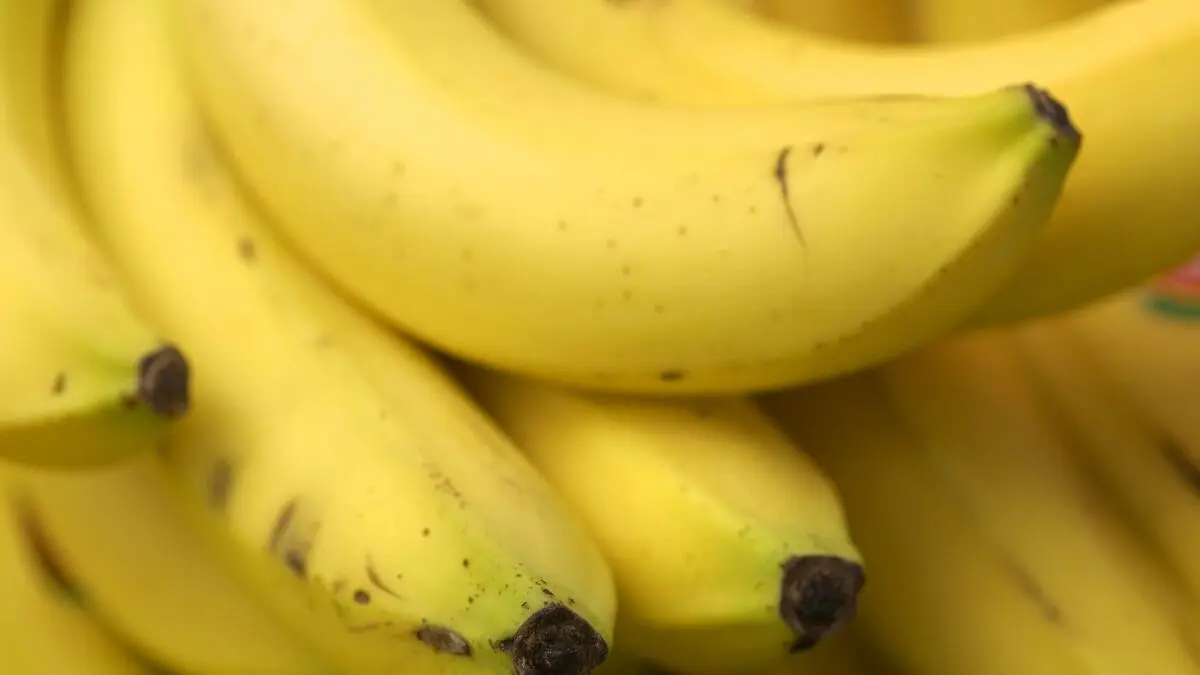In the fall of 2024: Donald Trump wins the presidential post in the USA again. During the campaign, he has, among other things, promised punitive tariffs against several countries. Existing tariffs on all goods from China will be increased by 10 percent. Trump also promises to decide on tariffs of 25 percent on all goods from neighboring countries Mexico and Canada on his first day in the White House.
February 1, 2025: Trump presents, starting February 4, tariffs against Canada, Mexico, and China. Two days later, the Mexican and Canadian tariffs are postponed after both countries meet Trump halfway on other issues.
February 10: Trump introduces higher steel and aluminum tariffs, something he also did during his first presidential term.
February 13: Trump announces that further tariffs are to be expected in April, against, among others, India and the EU.
March 4: Trump's tariffs against Canada and Mexico are introduced, while the tariffs against China are increased to 20 percent. However, parts of the decision are lifted in the following days, partly to facilitate the US automotive industry.
March 10: China's 15-percent retaliatory tariffs on agricultural products from the USA come into effect.
March 13: Trump threatens with 200-percent tariffs on European wine and spirits if the EU's threat of 50-percent tariffs on whiskey from the USA becomes a reality.
March 26: Trump promises upcoming 25-percent tariffs on imported cars and car parts.
April 2: Trump declares a "liberation day" – and introduces tariffs of at least 10 percent against a large number of countries. Several countries are met with individual, significantly higher figures. For example, China gets a tariff of 34 percent. World leaders and economists reject the decision, and stock markets fall.
April 5: The first broad American tariffs come into effect.
April 7: Trump escalates the trade conflict with China and adds another 50 percent in punitive tariffs – a total of 104 percent. The tariffs are introduced the day after. Beijing calls Trump's message "a mistake on top of a mistake".
April 8-9: Trump's tariffs against nearly 60 countries come into effect, but are "paused" for less than a day in 90 days – except for China. China instead gets increased tariffs, totaling 145 percent, in response to China raising tariffs on goods from the USA to 84 percent.
The pause is also only a partial retreat. The new tariffs of 10 percent for most countries, including Sweden and the rest of the EU, remain. So do the already introduced 25-percent tariffs on steel, aluminum, and cars, as well as the equally high announced tariffs on, among other things, car parts. The tariffs against Canada and Mexico, as well as tariffs directed against Venezuela's gas and oil exports, also remain. China opens up for dialogue, while simultaneously promising to "fight to the end" if a compromise cannot be reached.
April 10: Global stock markets surge following the announcement of the "tariff pause". The EU responds by putting its retaliatory tariffs on hold for three months.





